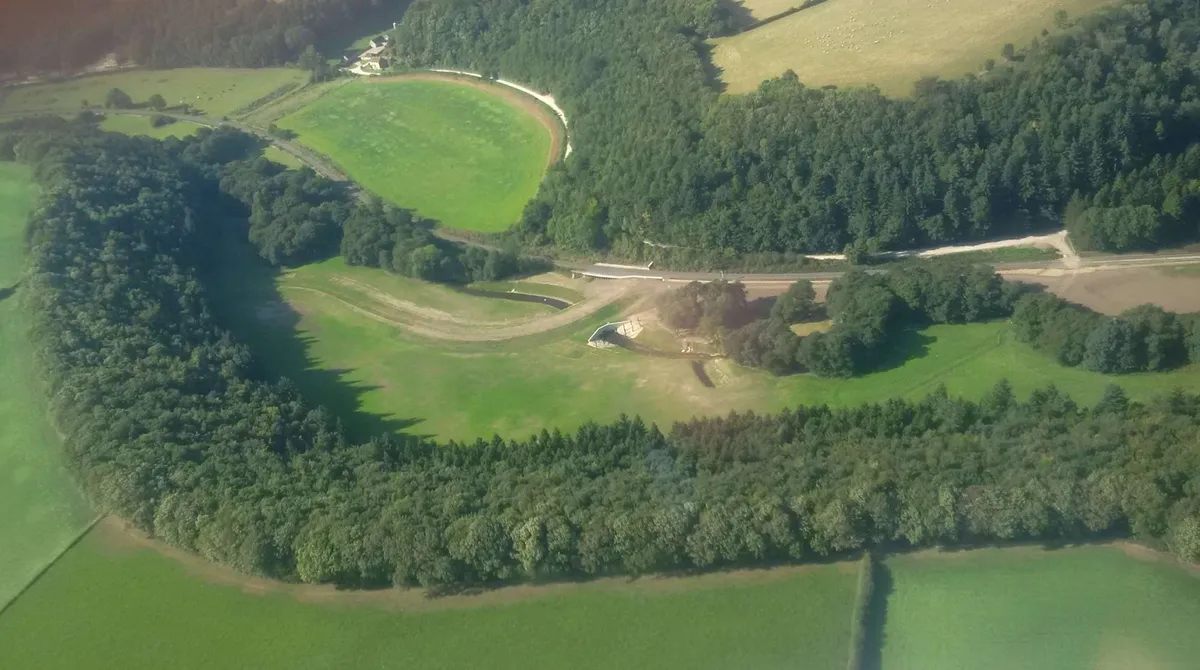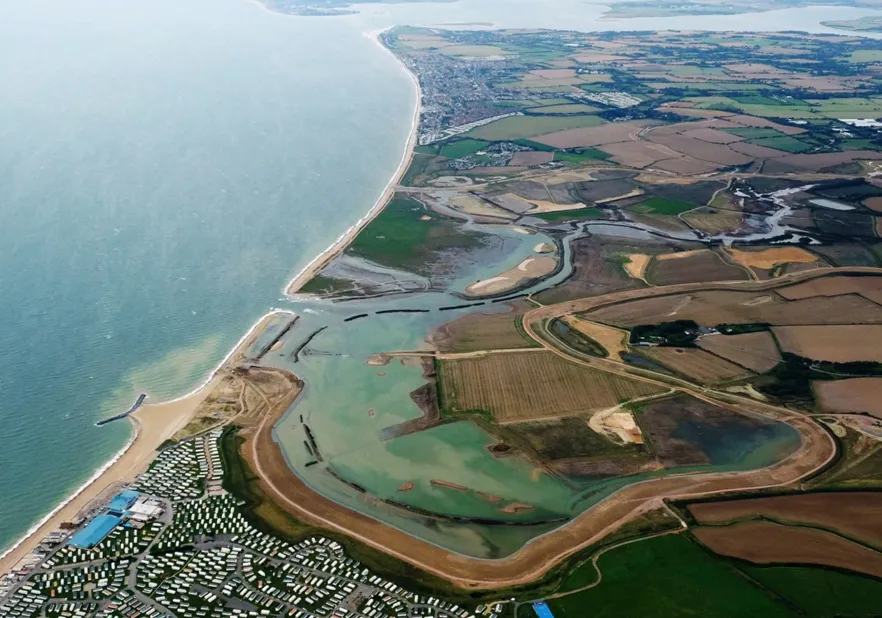What is ‘natural flood management’?
There has been much talk of managing flood risk naturally. But what does this mean? And how does natural flood management fit alongside more traditional methods of flood defences?
Working with natural processes involves restoring catchments, rivers, floodplain and coasts to their natural functions.
Natural flood management can offer significant benefits: first and foremost it can help to manage flood risk, usually in conjunction with more traditional measures. Plus, it can increase the resilience of flood and coastal defences to the impacts of climate change. In some locations more traditional defences might not be viable so natural flood management may provide alternatives.
Slowing the flow
Working with natural processes often means slowing down the flow of water, capturing runoff upstream and holding it back until volumes have reduced. At a local scale, this can involve installing 'leaky dams' in upland streams, or re-planting hedges on farms to slow water flow.
At a larger scale, it can involve reinstating seasonally flooded grassland to store flood water away from high risk areas, or slowing flows by restoring river meanders. Many natural flood management measures are low cost and are most effective when deployed as high up in the catchment as possible.

Just like all flood risk management methods, natural flood management is not suitable in all places. It can exacerbate flooding if implemented in the wrong way and in the wrong place. The time and money we decide to invest in these measures should be based on what the evidence tells us will work.
It’s not a case of one size fits all. Research shows us that just like engineered hard defences can only ever be part of the solution the same can also be said of other well-known flood reduction measures. For example, the effectiveness of dredging varies substantially on every stretch of river and we assess it on a location-by-location basis.
Dredging is just one of a number of approaches that can be used to manage flood risk. In many cases, dredging is not the best long-term solution because rivers can quickly silt up again. Other solutions could include providing better flood storage upstream, slowing down the flow of water using land management techniques or building traditional hard defences such as flood walls.
Natural flood management in action
There are literally hundreds of examples of natural flood management in action, and we can learn a lot from these to help us plan better.
One well-known example is in North Yorkshire. Pickering has a long history of flooding with four significant floods in the last 15 years. After the 2007 flood when at least £7 million of damage was caused, a new approach to reducing flood risk was taken.
A range of upstream measures have been implemented, designed to slow the flow and reduce river levels. More than 160 woody dams have been built and 185 heather bale ‘dams installed. Almost 30 hectares of woodland has been planted and a 120,000m3 flood storage area was constructed.
During the December 2015 storms, these features performed as designed and reduced flood flows in Pickering by an estimated 2m3 per second.
Storing water high in the catchment
Homes in Stockton on Tess have suffered repeated flooding from Lustrum Beck over the last 50 years. Following extensive flooding in 2012, steps are being taken to reduce the risk of flooding to more than 150 properties. The innovative scheme combines traditional engineered flood defences with upstream natural measures.
The plan is to create around 100,000m3 of additional water storage in the upper catchment by – amongst other things – developing an offline storage ‘cascade’ within Forestry Commission Coatham Woods. This will help increase the standard of protection that can be achieved by the engineered defences downstream in the town.
Sustainable drainage systems
The Stroud rural sustainable drainage system (or SuDS for short) project aims to help reduce the risk of flooding to around 112 properties by introducing a large number of small-scale measures in the upper catchment aimed at slowing peak flood flows. Over 250 structures have been built so far, including leaky woody dams, culverts with soak-aways, field bunds and dry ponds.
Comparing similar recent rainfall events suggests that these measures reduced river levels by up to a meter.
Coastal approaches
On the coast, natural flood management might mean moving the defences inland and creating a new salt marsh on the seaward side. During smaller storms, saltmarshes absorb wave height and energy so helping to prevent defences from overtopping. It can also provide a rich habitat for wildlife. The Steart (Somerset) and Medmerry (Sussex) managed realignment schemes are brilliant examples of this.

Looking ahead
Natural flood management is becoming an increasingly important part of how we manage flood and coastal erosion risk but there are still many challenges – such as public perception.
It is also important that working with nature is promoted as just one of a range of flood risk management measures, from hard defences to property level measures and checking your flood risk - here.
Working with nature won’t solve all of our flooding problems but it can play an important and exciting role.
Duncan Huggett works for the Environment Agency. He is a Senior Advisor in the flood and coastal risk management team, helping to achieve environmental improvements and other benefits through flood risk management. He lives on a smallholding in Norfolk, trying to practice what he preaches.
